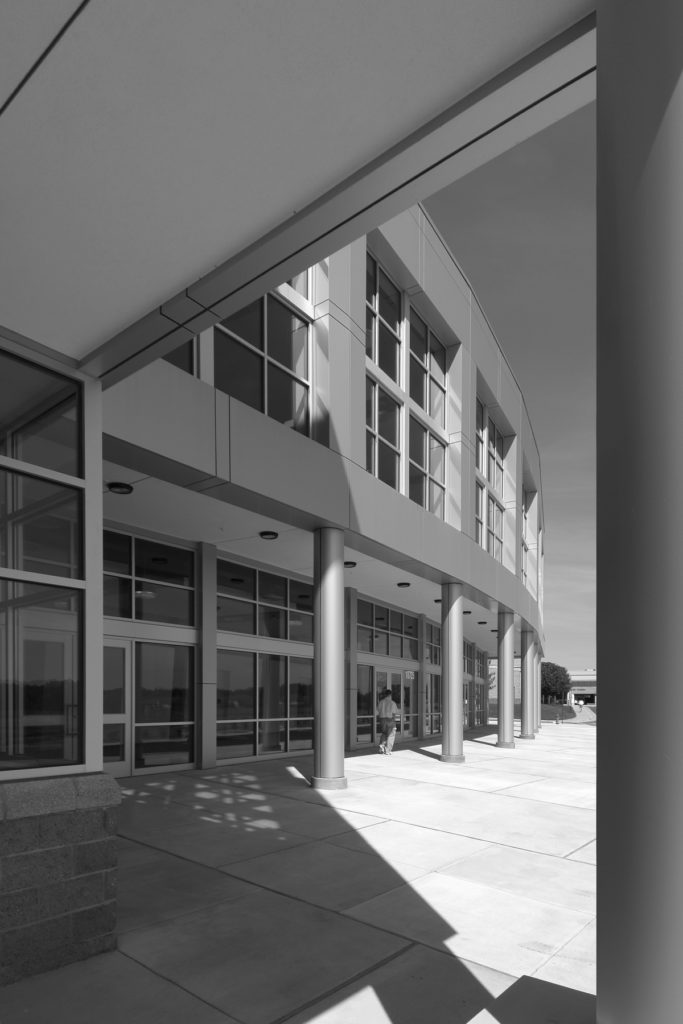A CREATIVE CAREER TRANSFORMATION
Again, another profile of an architect turned “something else.” In this case, Eric Taylor transformed to an architectural photographer. In some regards, I would enjoyed this career path.
I did photography work all through growing up even serving as a photographer for my college yearbook; I even took an advanced photo course and used a large format camera for my final project — architectural photography. I suppose I did not have enough mentorship or direction.
Do check out the work of Eric and retain his services.
Eric Taylor, Associate AIA, Photographer
Taylor Design & Photography, Inc.
Fairfax Station, Virginia
Why and how did you become an architect?
I decided on an architectural career to combine my visual/creative side with technical aptitudes. I went to college, worked in intern positions in high school and college to learn about the work world of architecture; during my architectural career I worked in variety of firms—a three-person design firm to 150-person (A&E) firm.
Why and how did you decide on which school to attend for your architecture degree? What degree(s) do you possess?
I looked for a school that combined a strong design direction with the practical side. I wanted to graduate with practical skills along with design sensibilities. I chose Syracuse University and graduated with a bachelor of architecture degree. I also studied photography as a sideline.
Why and how did you transition from being an architect to an architectural photographer?
I had 17 successful years in architecture, many as a senior project architect and designer. My work included office buildings; commercial, municipal, and educational buildings; and interior design. But I came to a crossroads in my career—I could join another firm, start my own firm, or try something new. I chose something new.

I had always loved photography and had coordinated the photo programs at the firms where I had worked. I realized I could bring something to architectural photography that was unique: a true understanding of architecture from inside the profession. So my new direction was set. Because I lacked some of the technical expertise, I attended photography school to learn about professional lighting and camera systems. I built up a photo portfolio by shooting projects on specification and by photographing the projects of architect friends. Then I got serious about marketing and launched my new career.
How are the two disciplines the same? Different?
The skills needed for success in architecture are parallel to those needed for success in architectural photography—ability to communicate visually and verbally, ability to visualize three-dimensionally, ability to distill a set of requirements to their essence, and the ability to arrive at solutions that answer these requirements.
Both disciplines require an attention to detail and the ability to visualize what does not yet exist. The goal of architecture is to arrive at a three-dimensional solution to a complex set of criteria. The goal of architectural photography is to analyze that three-dimensional solution and find a compelling two-dimensional representation of it that explains the three-dimensional reality. While architectural design deals with form, volume, color, texture, perspective, etc., the essence of photography is light and its effect on the rendering of those design elements. I believe an understanding of design concepts, design elements, and construction methods enhances architectural photography.
When provided a commission, how do you approach the assignment?
First, I meet with client to discuss the scope of the assignment—exteriors, interiors, and/or aerials, quantity of images expected, and so on. Next, we discuss the intended uses of the photography—display prints, award submissions, in-house newsletters, website, etc., the design concept that the designer wants to be sure is expressed in the photos, the logistics of access to the space, scheduling, budget. From there, I scout the location to assess the equipment needs. Finally, I schedule assistants and do the photography.
What has been your greatest challenge as a photographer?
Predicting the weather! It is difficult to schedule exterior shoots very far in the future since it is weather dependent. Other than that, it has the same challenge as starting any new business, developing a client base. On the technical side, photographing interiors under mixed lighting—daylight, fluorescent, incandescent—was a new challenge. But on the creative side, I feel like I have been preparing for this my whole life.
What is most/least satisfying about your work as a photographer?
Most satisfying is creating dynamic images and having clients excited about them; being involved with a wide diversity of building types, design, and construction; in addition, I no longer have to wait a year or two to see the results of my efforts!
I do miss the complexity of the design problem-solving process, but it is outweighed by the satisfaction I gain from photography.
Do you still consider yourself to be an architect?
Yes, but more now as it influences my photography and my understanding of the buildings and construction that I photograph.
Who or what experience has been a major influence on your career?
In college, I became aware of the value of strong visual presentation. Good design professors required it, and I learned that dynamic graphics and photography were essential tools to explain and ultimately gain the support of others for a design solution. As an architectural photographer, I see myself as an aid to others in their marketing efforts, by providing dynamic images of their design work.
Why still photography vs. video or interactive images?
While video allows a broad-sweep understanding of a building or space, I see architectural still photography as visual editing. In this way, still compositions present the built environment in an edited version, so others will see the inherent concept, form, composition, texture, color, balance, and beauty that I see.
